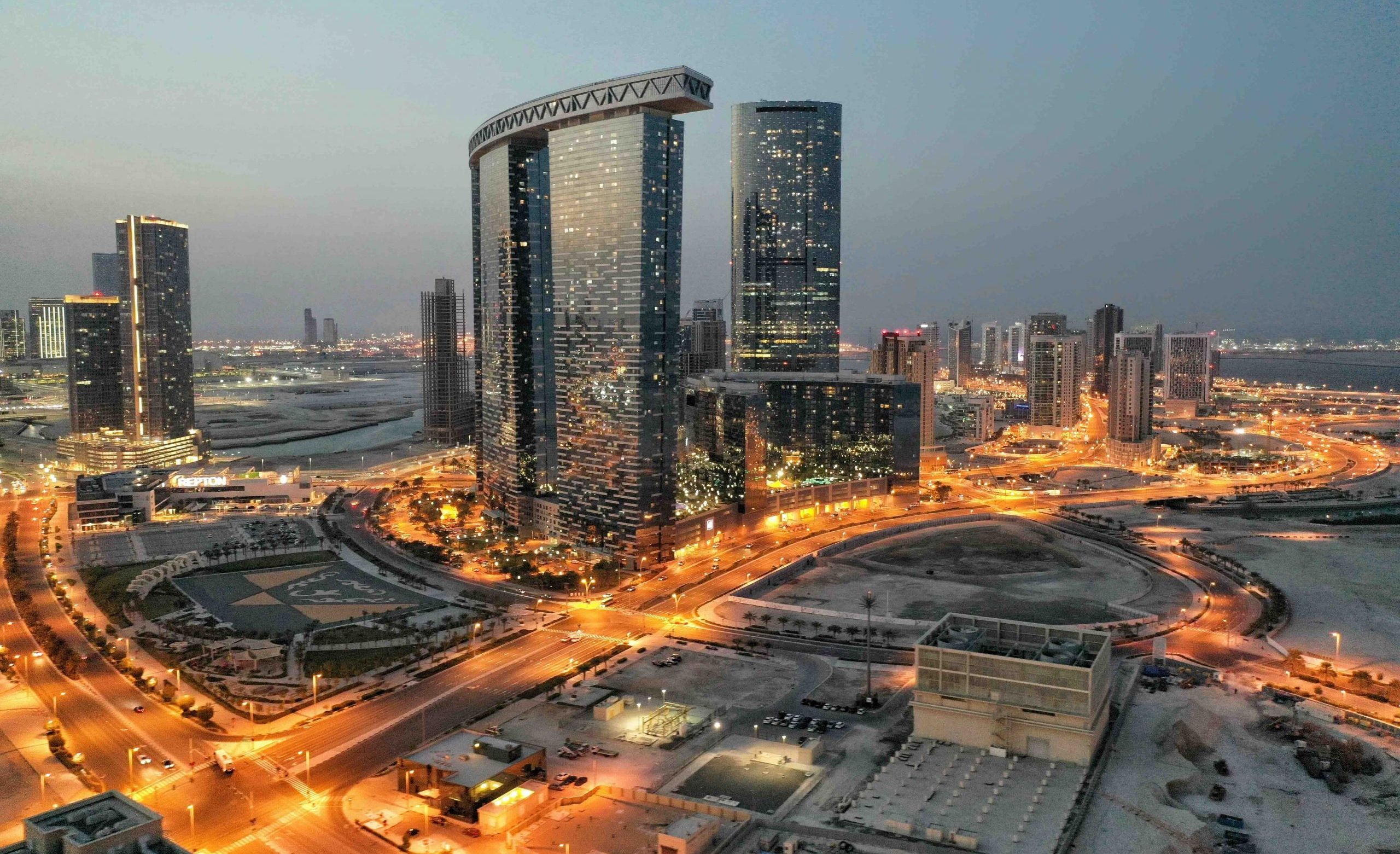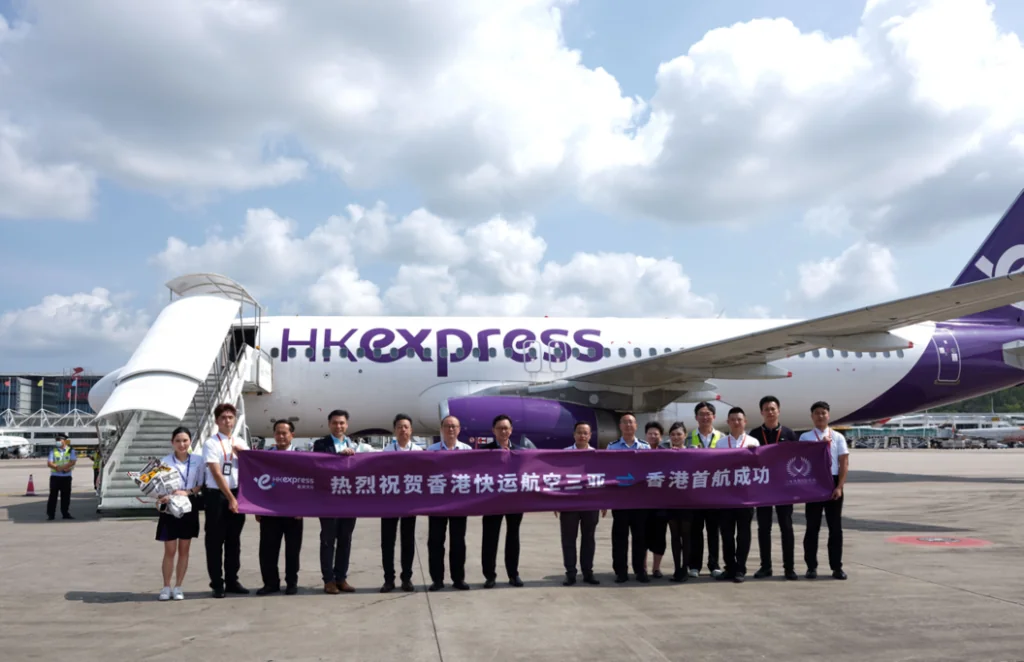Boeing has been facing major scrutiny throughout this year, and it does not seem like things are slowing down for the company. Just when people thought the bad PR updates on Beoing would slow down, things have somehow gotten worse for the company with another dead whistleblower.
Joshua Dean, a former quality auditor at Boeing supplier Spirit AeroSystems, passed away at 45. It appears that Dean passed away after contracting an antibiotic-resistant infection following pneumonia. He had raised concerns about manufacturing defects in the Boeing 737 Max line, particularly regarding the aft pressure bulkhead. These concerns were accused of being largely ignored by management. Dean’s whistleblowing efforts included a lawsuit against Spirit AeroSystems for allegedly misleading safety claims. Additionally, the lawsuit also states that complaints to the FAA about misconduct in 737 Max production were ignored, and filings with the Department of Labor after his termination in 2023.
While one dead Boeing whistleblower would not make major headlines, Dean is not the first. John Barnett, 62, who reportedly died from a “self-inflicted gunshot wound” in March grabbed major headlines earlier this year as well. What made people suspicious was that just hours before he died, the veteran quality manager was supplying evidence for a whistleblower lawsuit that alleged one in four oxygen masks on Boeing planes could be faulty.
Boeing Has Been Making Headlines all year
Earlier this year, Beoing flights were facing major issues, which is what initially brought Boeing into the spotlight this year. Although they say all PR is good PR, Boeing could not disagree more when it comes to the PR they are receiving this year. It all started when an Alaska Airlines 737 Max blew off the side of the plane. This, however, was not a singled-out incident for the company. Shortly after, a United Airlines Boeing flight travelling between Los Angeles and Hong Kong was directed to San Francisco. This happened shortly after take-off as reports of smoke were identified inside the cabin. Approximately 90 minutes after take off, the flight was diverted and landed at the San Francisco airport.
FAA to Launch an Investigation Into Boeing
These are not the only two cases, however, as Boeing flights continued to face difficulties. With such issues being raised all year, it appears that The Federal Aviation Administration said Monday it is opening a new inquiry into Boeing. However, this new investigation is not about the previous cases, it’s a completely new issue. It appears that the new investigation will look into the company’s inspections of the 787 Dreamliner. More specifically, it’s going to be whether employees falsified records or not.
Boeing Faces More Bad News!
On top of the new investigation, it appears Boeing has yet another issue it’s facing this year. BBC is now reporting that Boeing has called off the inaugural crewed flight CST-100 Starliner space capsule. According to BBC, this was done after engineers detected an issue with a rocket valve. To make matters worse for the company, the call-off comes just two hours shy of the scheduled liftoff!







